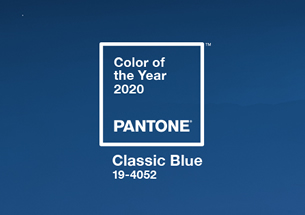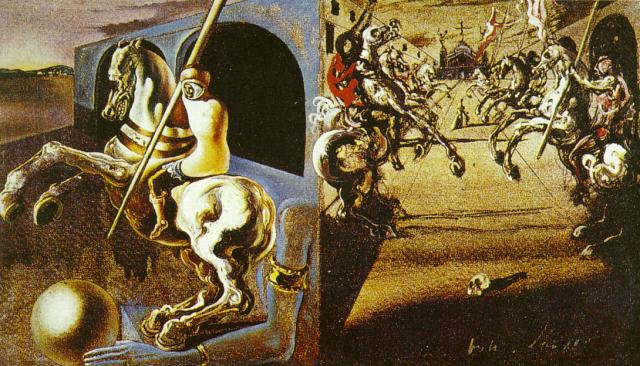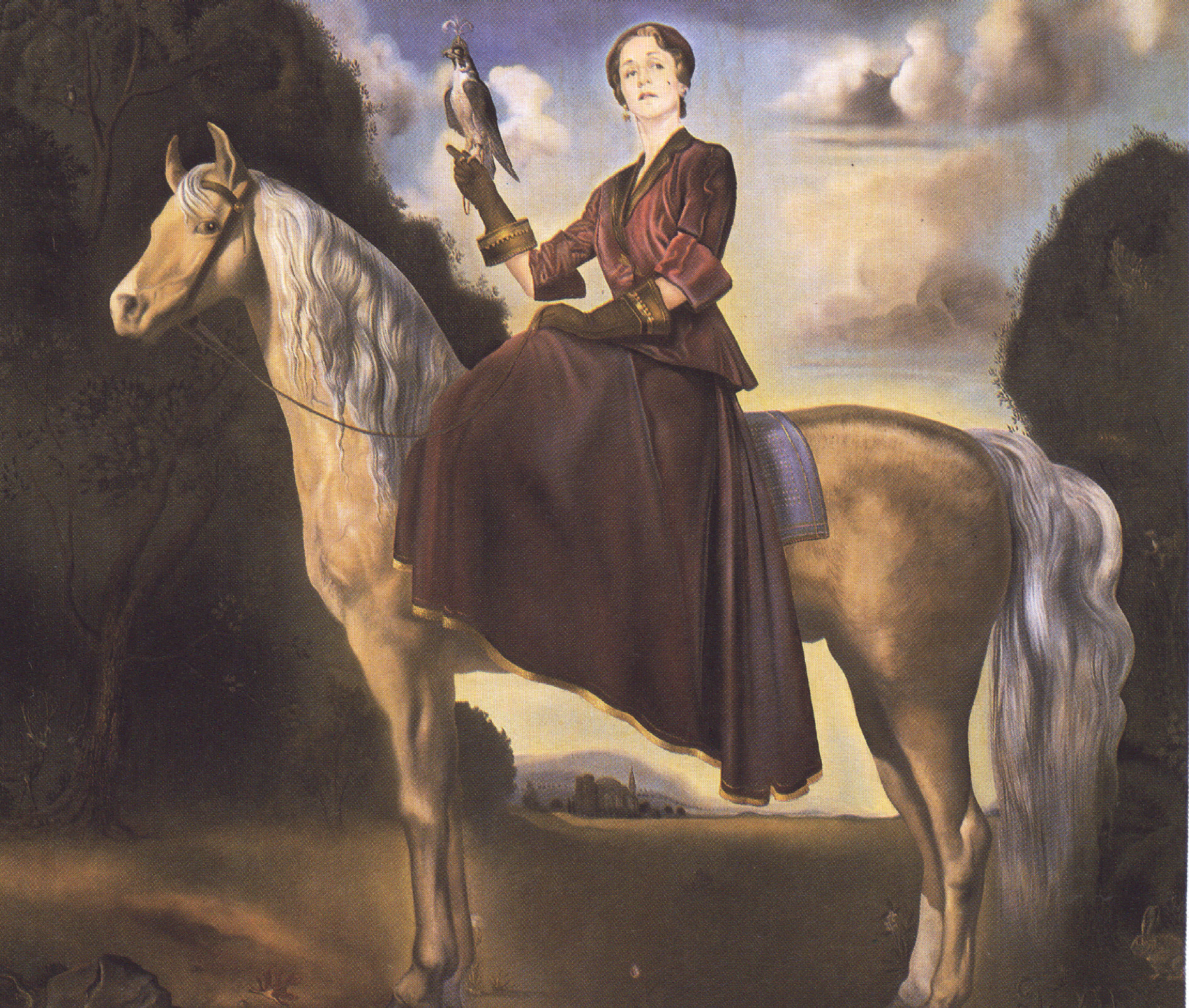How are these familiar classic colors named?
We live in a colorful world, and it is interesting that some of the colors we are familiar with are named after people. Some colors may be a particular favorite of an artist, while others are a specific person that comes to mind when we see this color. In addition to Klein blue, there are many other well-known classics, let's take a look.
01 Klein Blue/International Klein Blue

Klein Blue has a particularly strong visual impact and can better reflect the consciousness of self-existence, so it is also known as an ideal blue and the bluest blue.

The first time Klein blue appeared in the public eye was in 1957, when French artist Yves Klein exhibited eight panels of the same size and painted in this deep blue at the Milan Art Exhibition, which made Klein famous.
This pure and saturated blue was obtained by incorporating the synthetic resin Rhodopas M60A into ultramarine powder, and then Clay patented this color, naming it "International Klein Blue" (IKB).
02 Scheler Green/SCHEELE'S GREEN


The green, blended with arsenic compounds, was ubiquitous in clothing and children's toys in the 19th century, when it was discovered in 1775 by the Swedish chemist Karl Wilhelm Scheler.

However, this particular green color was toxic due to its harmonious characteristics, but it could not stop the large-scale popularity at that time. It was widely used in various fields, and there is even a saying that Napoleon used green wallpaper containing this substance to decorate his bathroom during his exile on St. Helena, causing his death due to the long-term vaporization of the bath.
03 Veronese Green/SCHEELE'S GREEN


A strong, dark green, it is named after the 16th-century Venetian painter Paolo Vergolese, who wore a striking green dress in his 1583 painting "Lucretia," now in the Vienna Art Museum, and who, along with Titian and Tintoretto, formed the "three heroes" of the late Renaissance Venetian school.

04 Van Dyck Brown/VANDYKE BROWN


Van Dyck Brown is a dark brown color named after the painter Van Dyck.
The popularity of van de tan began in the 17th century, when it was first made of lignite or bituminous earth, which contains iron oxides and was found in Kassel or Cologne, Germany, and was called "Kassel soil" or "Cologne soil."

05 Isabel Color/ISABELLINE


The first recorded use of Isabella as a color name was in 1600 to describe an item in the wardrobe inventory of Elizabeth I of England: "Isabella satin round gown with silver sequins."

Isabel color is a light gray yellow with a light yellowish-brown color. It is mainly found in animal fur, especially the hair color of birds and horses. It has also been used in fashion in history.
06 Hook Green/HOOKER'S GREEN


Hooker Green was named after British botanist William Hooker (1779-1832), who invented this special green pigment to accurately reflect the color of green leaves.

He extracted vine yellow, a yellow made from the sap of deciduous trees, and mixed it with Prussian blue. When the two iconic pigments blended, a new, complex color was produced, an almost smoky green.
07 Alice Blue/ALICE BLUE

Alice Blue, a light shade of blue named after Theodore Roosevelt's daughter, Alice Roosevelt Longworth, was known for wearing the pale blue dress, which started a fashion trend for Alice Blue. In addition to the blue dress, she was also known for smoking pranks in public. Her father said: "I can either run the country or take care of Alice, but I can't have both."

Her signature blue also inspired Joseph McCarthy and Harry Tierney to create the opera Alice in Blue.
08 Baker Miller Powder/BAKER-MILLER PINK


Alexander G. Shas, a scientist at the Institute of Biological and Social Sciences in the United States, believes that Baker Miller powder is a color that maliciously reduces potential or actual violence.

Shas sprayed Baker Miller powder on the walls of institutions such as the Naval Academy and correctional facilities to see if it would reduce anxiety and depression. The pink was eventually named by the commander of the Naval Correctional Institution (Baker) and the warden (Miller).
09 Titian Red/TITIAN RED


Titian red originated as a representative figure of the Venetian school of painting during the Renaissance and was also a famous master of color in the painting world. Titian was very good at dealing with color and light, using rich and bright colors. Before painting, he usually used red as a base, and then painted other colors, making his oil paintings vaguely ruddy. This technique is also known as "Titian red".

Due to the unique beauty and wide use of Titian red, this unique red was also used on Barbie dolls in the 1960s, and the red-haired Barbie was also officially known as "Titian Head".
Have you developed a strong interest in the origin of these colors? I hope you can fully apply these colors to your life and design, and experience the different effects each color brings!








发表评论